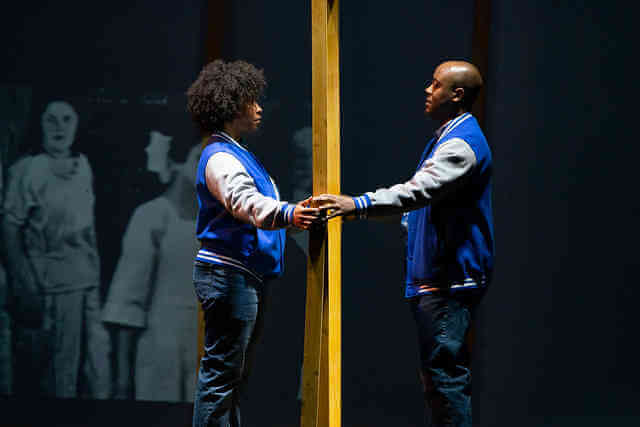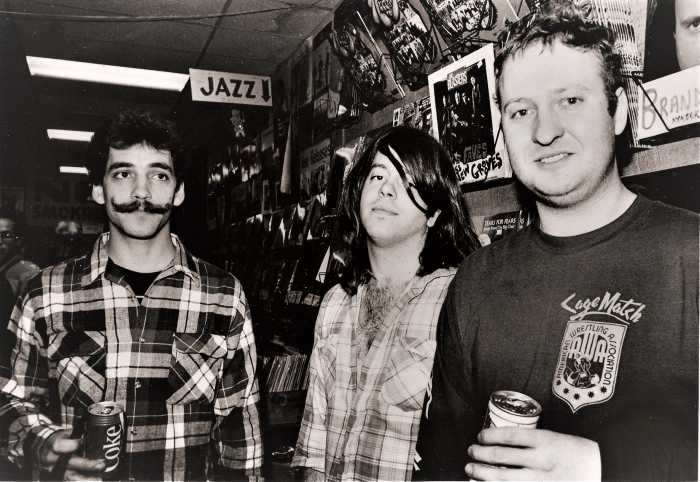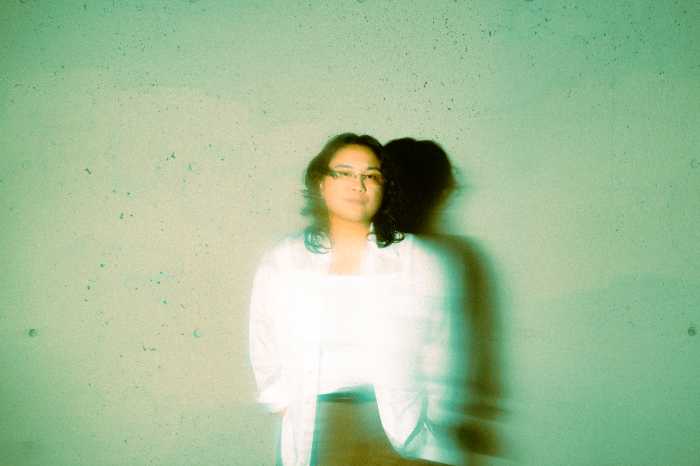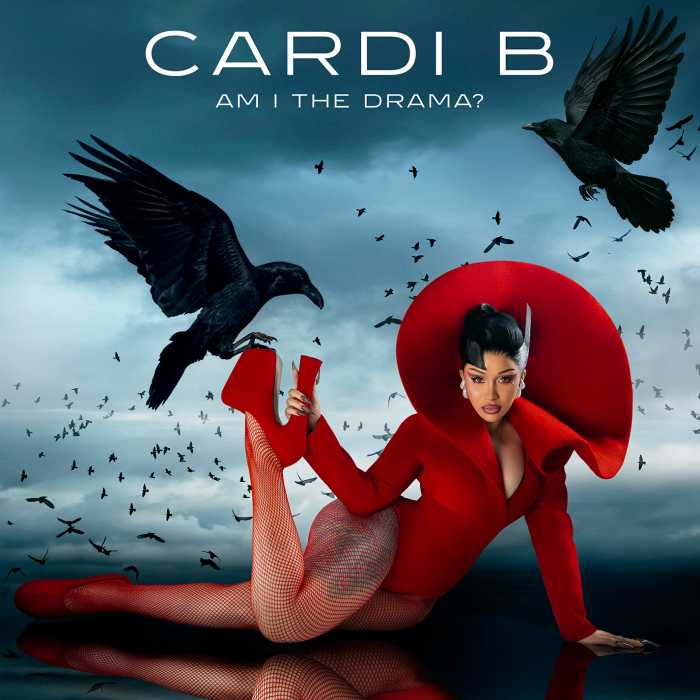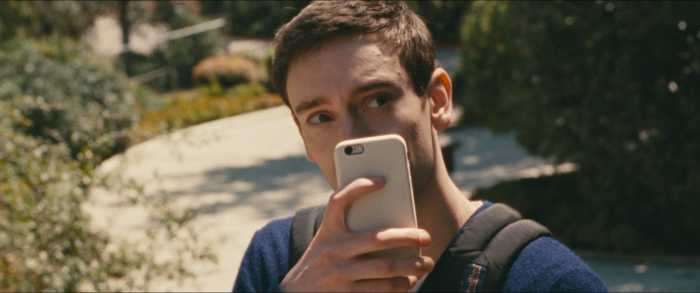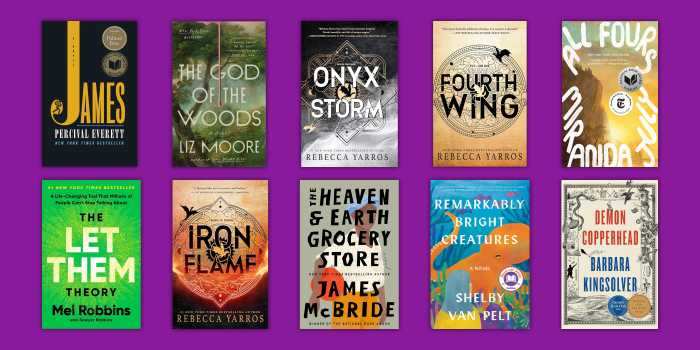This has been an unusually busy spring/ summer opera season in Manhattan with the 2019 New York Opera Fest in full swing. The New York City Opera has concurrently presented its annual LGBTQ Pride series. City Opera presented four performances of lesbian composer Laura Kaminsky’s “As One” at Merkin Hall in a co-production with American Opera Projects.
Hannah, the transgender protagonist of “As One” is a woman trapped in man’s body. She is played by both a man and woman onstage —Hannah Before (baritone) and Hannah After (mezzo-soprano). The chamber work is essentially a monodrama for two singers representing two incarnations of the same person. In the libretto by Mark Campbell and filmmaker Kimberly Reed (whose own transition provided a semi-autobiographical basis for the story), Hannah is presented as an Everytrans. Hannah Before is an all-American Perfect Boy growing up somewhere in Middle America sometime during the last quarter of the 20th century. He has a paper route and plays football. Through 15 songs, we learn little or nothing of Hannah’s sexuality, family, or personal life. In the opera, the focus is on Hannah’s internal evolution regarding gender.
Oddly enough, this generic approach did not make the opera more universal but more hermetic and strangely artificial. The schematic libretto too often used rather literary language that further distances us from the protagonist’s journey. To me, the most effective song was “A Christmas Story.” Hannah is living and working in an unnamed city while transitioning and is presenting as a woman. She cannot come home for Christmas and spends the holiday alone in a coffee bar. (Hannah’s relationship with her family and their reaction to her transition is not shared). She is approached by a hip young man who joins her at her table for conversation and flirtation. This novel encounter is shown in a background film by Reed.
Hannah After expresses the strangeness of going through a sort of second puberty, learning how to interact with a man as a woman. The specificity of the scene and situation brought out the best in the words and music. Everyone in the audience, male or female, cisgender or transgender or non-binary, could relate. The individual becomes universal. Hannah, after a hate crime assault, takes a healing solo trip to Norway. She has an epiphany, becomes “as one” with her gender identity while her male and female representatives are joined in vocal harmony.
But too much is described and not enough is shown despite the illustrative mime of the two singers and the literal imagery in the accompanying film. Matt Gray’s spare production, using just a few chairs, a podium, a table, and a frame that could change from a mirror to a boat, was appropriately minimal. Yet it didn’t push the opera beyond its dramatic limitations. Kaminsky’s musical style is tonality pushed toward dissonance. Her composition for string quartet (who double occasionally as chorus) is beautifully crafted and was perfectly realized by music director Steven Osgood. Yet because there is little melody or variation in color and tone, it starts to sound like a background score to a film. Again, more specific emotional color, rhythm, and melody rather than agitated generalized angst would create a more vital music drama. Similarly, the vocal lines are declaimed narrative or monologue — the words are well set and understandable but monotony sets in after a while.
Two casts alternated as Hannah Before and After. The opening night cast presented Blythe Gaissert with Michael Kelly both fresh off a production for Opera Idaho. The alternate cast was headed by newcomer Briana Elyse Hunter and Jorell Williams, both African-American. We didn’t get much sense of a racial difference in the transgender experience from the black cast. Hannah Before or After lacks defining character traits let alone a relationship to their environment or community.
Gaissert’s clear, incisive mezzo has been heard with the opera since its initial workshops. Her specific emotional reactions, honed over multiple performances, revealed keen dramatic insights creating a three-dimensional character. Michael Kelly’s bright high baritone, boyish charm, and emotional availability reached out to every member of the audience.
The less experienced alternate cast had more glamorous voices but missed dramatic details. Hunter’s voluptuous and vibrant mezzo-soprano instrument imparted a sense of the powerful feminine energy Hannah After taps into after her transition. Yet she still conveyed Hannah’s underlying fragility. In contrast, Williams as Hannah Before seemed a depressive introvert hiding from the outside world. His darkly resonant baritone sounded veiled in sadness, looking for some way to break through.
Despite all the accomplishment in the musical structure and presentation, “As One” becomes a long 75 minutes of opera. Still, City Opera’s staging is the 27th production of “As One” since its 2014 premiere. Future productions are scheduled and two recordings (one featuring Gaissert and Kelly) will be released this year. “As One” is being heard around the country and will reach diverse audiences with its story of compassion and understanding. Kaminsky, Reed, and Campbell have already collaborated on other operatic projects and have new commissions rolling in. If that isn’t a success story, what is?


